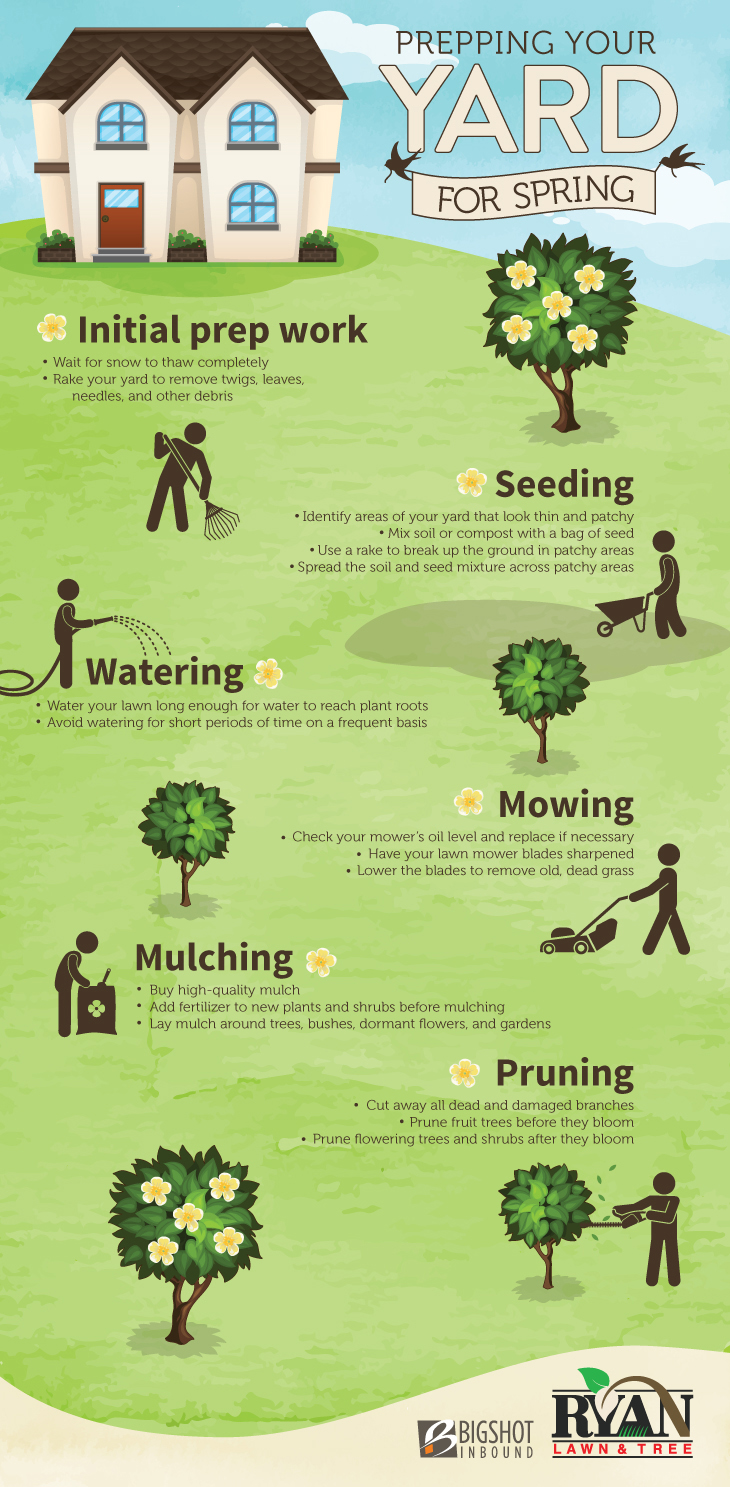Post-Tree Removal Maintenance: Reliable Approaches For Landscape Restoration
Post-Tree Removal Maintenance: Reliable Approaches For Landscape Restoration
Blog Article
Writer-Franks Deal
After a tree's removal, your landscape may look rather different, and it's important to analyze the aftermath meticulously. You'll want to assess the soil disruption and examine bordering plants for any type of signs of stress. Ignoring these factors can bring about bigger issues down the line. So, what should visit the following post do with those stumps and origins? And how do you select the very best plants for your rejuvenated area? Let's check out these crucial steps.
Examining the Aftermath: Evaluating Your Landscape
After a tree removal, it's essential to assess your landscape to understand the effect it carries your lawn.
Start by examining the location where the tree stood. Look for indicators of dirt disturbance, and check the surrounding plants for any tension or damages.
You need to likewise bear in mind of just how the removal has altered sunlight exposure and air flow in your garden. This shift can affect the development of nearby plants, so it's essential to review their wellness.
Take into consideration the aesthetic elements also; the elimination might produce an open space that you can redesign.
Lastly, think about any type of potential disintegration concerns that may arise from the tree's lack. Attending to these variables early will assist bring back balance to your landscape.
Dealing With Stumps and Origins: Options for Removal
As soon as you have actually evaluated the after-effects of the tree elimination, you'll likely need to take on the stump and origins left behind.
You have a few choices for removal. One efficient technique is stump grinding, where a specialist makes use of a maker to grind the stump down to underground level. This strategy leaves minimal disruption to your landscape.
If you choose a DIY approach, you can utilize a combination of excavating and chemical stump eliminators. Simply keep in mind, this process can take some time and effort.
Conversely, consider leaving the stump as an all-natural attribute, which can work as a special yard component or environment for wild animals.
Whatever you select, resolving the stump and origins is necessary for recovering your landscape.
Choosing the Right Plants for Your New Space
As you evaluate your newly gotten rid of room, choosing the right plants can considerably improve your landscape's elegance and capability.
Begin by considering the sunlight and dirt conditions. For bright areas, select drought-resistant plants like lavender or succulents. In shaded spots, brushes and hostas prosper well.
Think of the size and growth behaviors of your plants; mix perennials and annuals for seasonal variety. Do not forget to incorporate indigenous types; they require less upkeep and support neighborhood wild animals.
Group plants in strange numbers for a much more all-natural look and develop layers for visual deepness.
Lastly, guarantee you have a mix of shades and appearances to keep your landscape vivid throughout the periods.
How To Trim A Birch Tree growing!
Final thought
In conclusion, recovering your landscape after tree elimination is a fulfilling procedure. By examining the results, attending to stumps and origins, and picking the right plants, you'll create a flourishing environment. Do not forget to incorporate disintegration control actions to protect your soil. With a little effort and treatment, you can change your area into a vivid yard that enhances your building. Welcome the chance to renew your landscape and enjoy the appeal of nature right in your yard!
